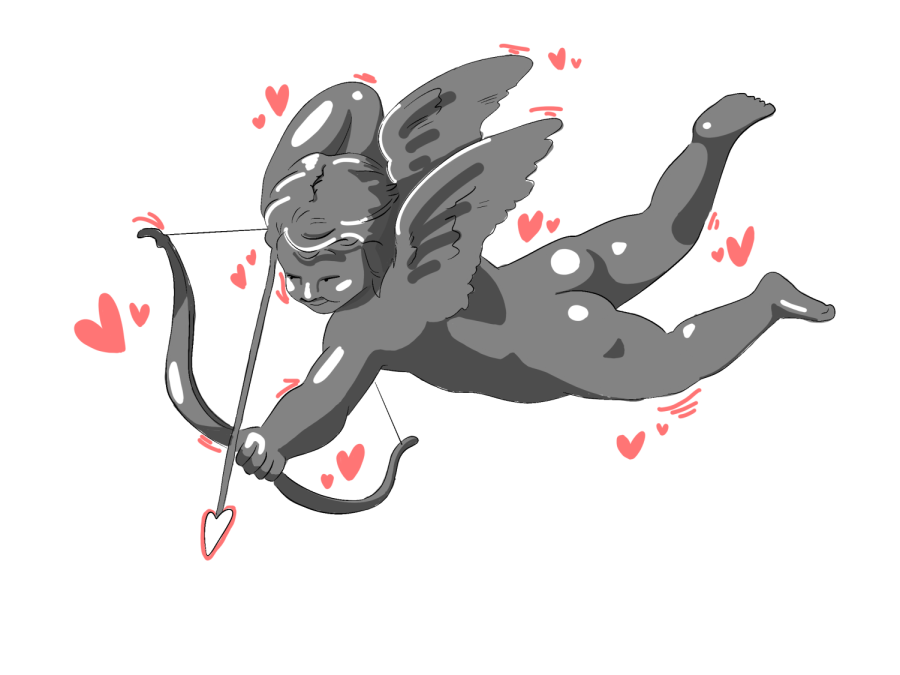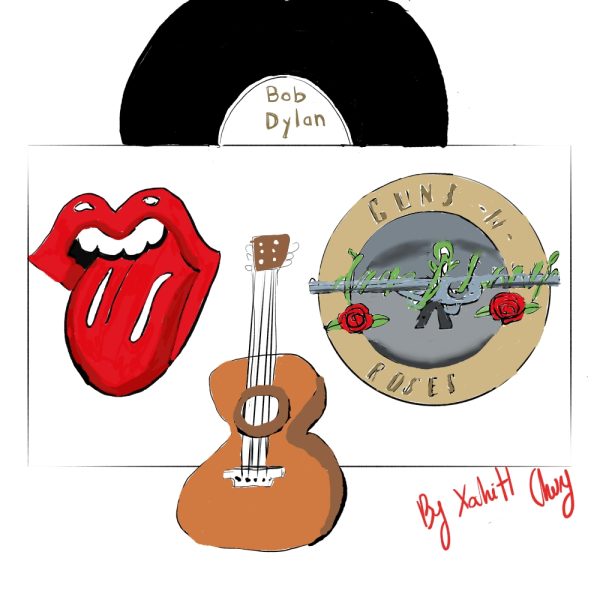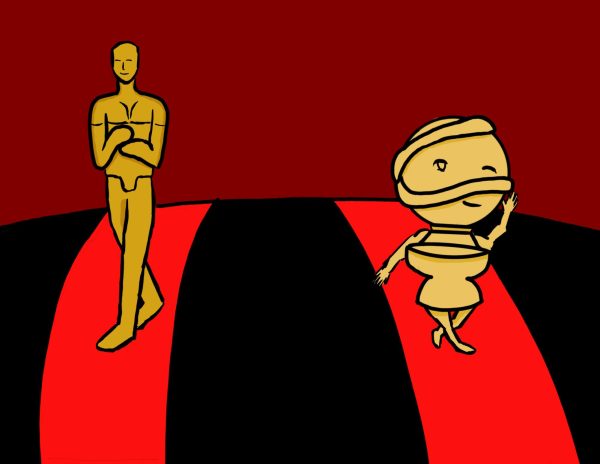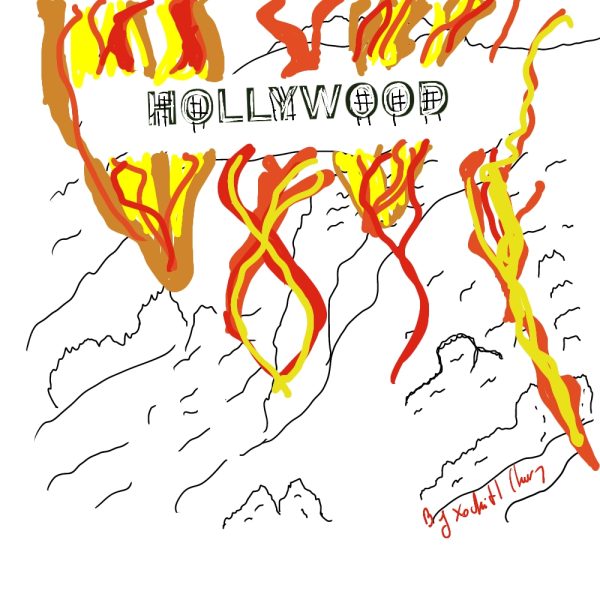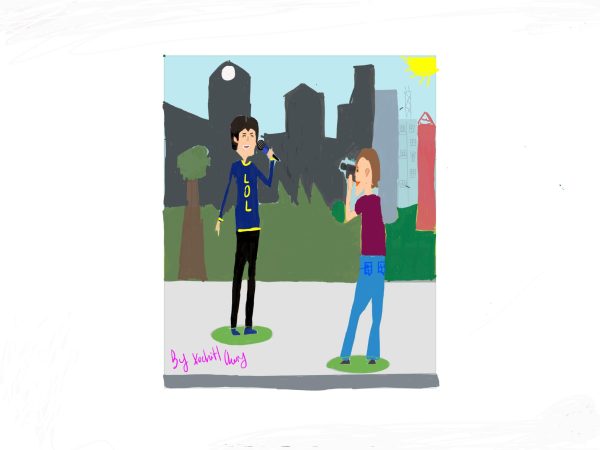Cupid leaves mythology, art, film lovestruck
Cupid, the Roman god of love, has long been associated with Valentine’s Day and has been depicted in various forms throughout history. The version of Cupid most are familiar with is the winged infant who usually wields a bow and arrow, used to inspire love and desire.
This depiction dates back to Roman times when Cupid was considered a mischievous deity and a force of good and evil. Centuries later, in the Middle Ages, Cupid was viewed differently. During this time, he took on a much more chivalrous role, reflecting the ideals of knights at the time. Cupid was depicted as a young man in elegant clothing and became a symbol of both chivalry and love. Multiple years later, Cupid regained his mischievous nature and is now depicted as a cherub.
Cupid became a popular subject for artists, painters, and sculptors, who used him to depict themes of love in varying works. This adaptation lasted a very long time and is still what most see him as today. Some examples of these various works include Peter Paul Rubens’ “The Feast of Venus” and Raphael’s “The Voyage of Galatea”. An interesting fact is that in Raphael’s works, there are more than one Cupid, and instead multiple are in the same painting. Referred to as “amorini”, these characters were included in mythological, biblical, and general cultural depictions of the time. Another interesting fact is that he was only starting to be portrayed with a bow and arrow during the Hellenistic period.
Today, Cupid is often portrayed as a playful figure, symbolizing the innocence and joy of love. He is often depicted with a bow and arrow and is used to evoke feelings of happiness and romance. He is a popular subject for Valentine’s Day cards, gifts, and decorations.
The interpretation of Cupid has changed many times throughout the centuries to adapt to societal and cultural shifts—such as the chivalrous depiction seen in the Middle Ages—but regardless of the form he takes, Cupid remains an enduring symbol of love and is an important figure in Valentine’s Day celebrations around the world.
Your donation will support the student journalists of Saint Viator High School. Your contribution will allow us to purchase equipment and cover our annual website hosting costs.



